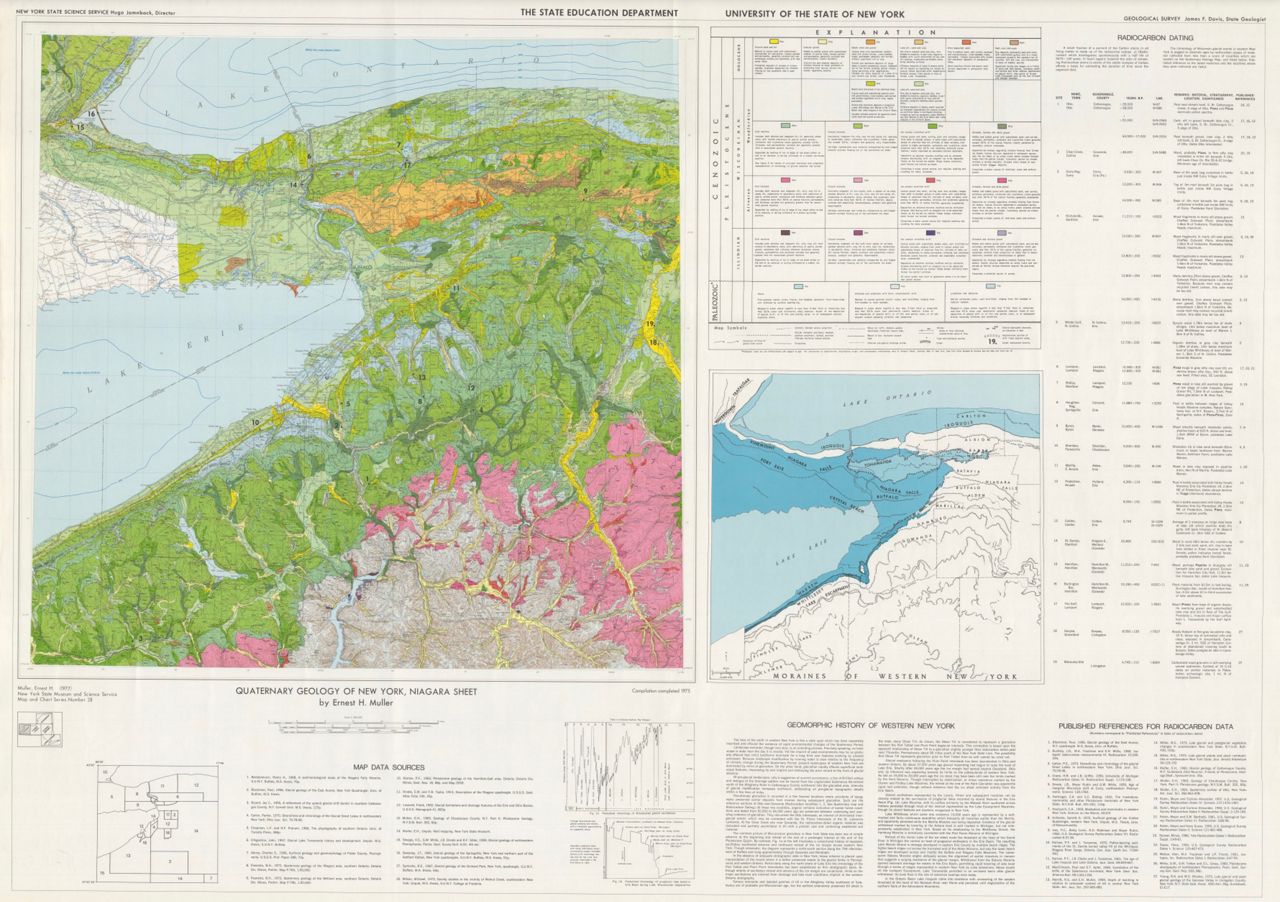BUFFALO, N.Y. — HOMES. That’s how many of us remember the five Great Lakes. Huron, Ontario, Michigan, Erie and Superior. But what if we threw a "T" in there for Tonawanda. Where you’re standing or sitting right now just might have been the bottom of Glacial Lake Tonawanda, some 10,000 years ago.
We know, enjoy and love Lake Erie and Lake Ontario. Did you know nestled in between these two Great Lakes was Lake Tonawanda?
“The ice lobe covered Lake Tonawanda, there was no Lake Tonawanda,” Byron D. Stone PhD, Bascom Geoscience Center, U.S. Geological Survey said. “It was under about 1,000 feet of ice.”
Stone will be our geological guide, starting 25,000 years ago. He says over time, the Ontarian Ice Lobe retreated. It revealed Lake Iroquois, which would eventually become Lake Ontario. Then about 10,000 years ago, as part of the late Wisconsin episode of glaciation, a new lake was formed.
“So here we are in Buffalo, and the Falls, and this is Lake Tonawanda in color,” Stone said.

Lake Tonawanda, which is in orange, was on the upper side of the Niagara Escarpment. Its shoreline stretched from Niagara Falls through most of Western New York and Rochester. It was very shallow, about 40 feet deep at most. Stone says it had a number of outlets, ancient waterfalls to be exact, and even Niagara Falls.
The other present-day remnant you can enjoy are the Lockport Locks. Mike Wrona, with Erie Canal Cruises, is also a history teacher.
“The geological features of the Great Lakes are always mentioned on how they were formed, and Lake Tonawanda is never part of the picture,” Wrona said.
He tries to add in a fact or two regarding the lake on their roughly two-hour tour. Lake Tonawanda rose to fame in the 1950s, in a UB master’s thesis by John D’Agostino.
“He recognized its importance,” Stone said.
Since then, article after article has been written. Now studies are underway in paleobotany, archeology, the tracing of ice-to-sea mammoths and more. Plus, scientists are looking at its past to predict the future, especially as we deal with climate change.
“For example, is there a period of much warmer and drier times in this area some 10,000 years ago?” Stone said.
Now, can it be considered a sixth Great Lake?
“Perhaps we can come up with a phrase that means that it is a successful glacial lake that is still with us,” Byron Stone said.
You just have to pack up the car, take a map, and you’ll certainly find it.
There are a number of other remnants of Lake Tonawanda, including Iroquois National Wildlife Refuge, Oak Orchard and Tonawanda State Wildlife Management Area. While it’s fun to check those places out, the former lakebed has created issues. When it dried up, it left behind unstable ground made of clay and other sediment, causing homes to sink in parts of Amherst.



